- Call us: 01444 237070
- Contact Us
- Stores
- Sign In / Register
-
- Back
- Used Cameras
- Used Accessories
- Used Lenses
- Used Video
- Used Film Equipment
- Used Stock Alert
- Used Blank Test
- Sell or Part Exchange
- Used Clearance
- Recently Added Used Equipment
- Park Picks
- All Used Black Friday Deals
- Faulty
- Trade-In
- Blog
- New in
- Call us
- Contact us
- Stores
- Sign in
- Categories
- Tips & Inspiration
- Reviews
- News
- Events
- Features
- Buying Guides
- Competitions
Getting Started With Wide Angle Lenses
Photographers love wide angle lenses because they offer a completely different perspective that we see with the human eye. They offer the possibility to capture more in your image and show the viewer things that aren’t possible under normal conditions.
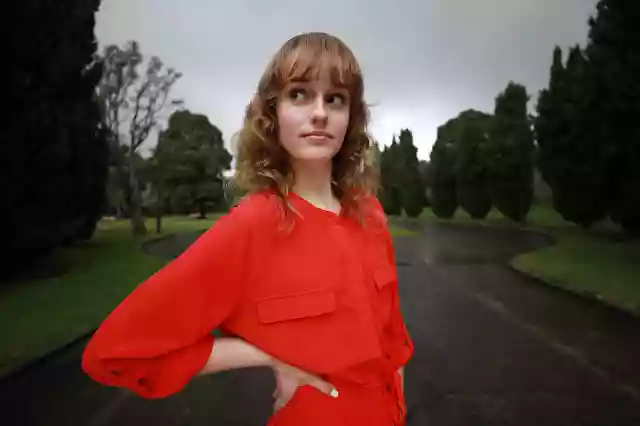
There are many different focal lengths, prices, and types of wide angle lenses to consider if you’re new to the world of wide angle photography. In this Quick Start Guide we’re giving you a fundamental explanation of wide angle lenses so you can get out, get creative, and take your photography further.
What is a wide angle lens?
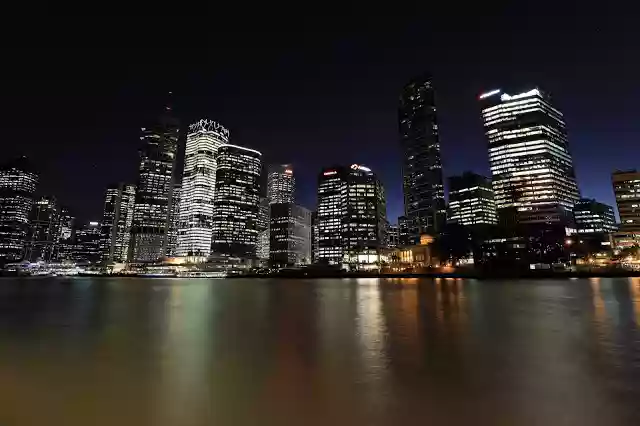
A wide angle lens is traditionally considered to be any lens with a relative focal length of 35mm or wider (but not so wide that it is considered a fish-eye lens).
It is worth noting that focal lengths vary depending on the size of sensor the camera is using – so while a 35mm lens will be ‘wide angle’ on a full-frame DSLR, it will equate to a 56mm on a Canon APS-C and 52.5mm on a Nikon APS-H DSLR, and even longer on a micro four thirds or smaller sensor.
So when considering what wide-angle lens to buy, it’s important to take the size of your sensor into consideration and purchase a lens that will give a wide field of view for your camera.
Generally speaking, a wide-angle lens will be anything from about 14mm to 35mm (in 35mm equivalent terms), and anything wider than about 14mm is generally considered to approach fish-eye territory.
Wide angle lenses differ from fish eye lenses in the amount of visual distortion apparent at the edges of the frame. Fish eye lenses will be significantly distorted, whereas wide angle lenses should have less distortion.
Lens Distortion
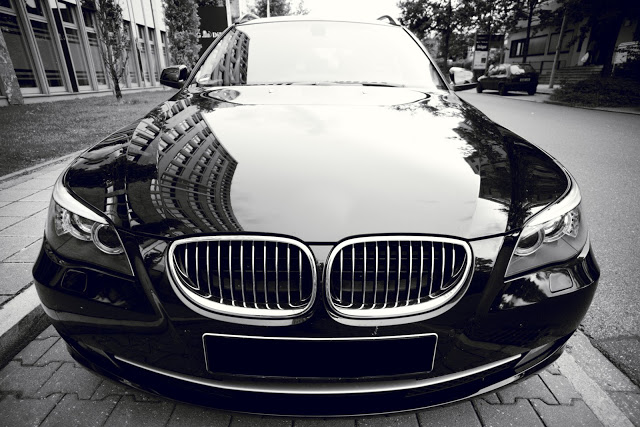
In the same way that telephoto lenses will compress the apparent physical distance between objects, wide angle lenses also distort this relationship by making objects appear farther apart.
Straight lights in wide angle photos will also appear to bend in relationship to objects around them, warping around the centre of the image.
While this is often a useful and creative trick for photographers and can be used to create interesting, unique and strange shots, it’s something that you should bear in mind when exploring wide angle photography.
Zoom or Prime?
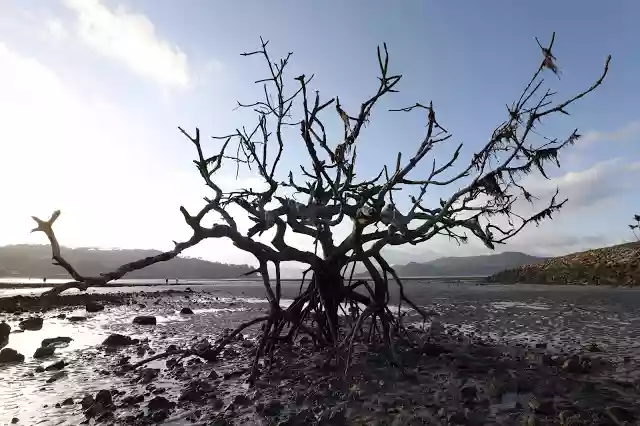
This is often a hard choice for any photographer looking to invest in a new lens – do you go for the flexibility that a zoom lens offers, or do you go for the higher quality and sharpness of a fixed focal length prime lens?
While this is mostly a personal choice based on your budget, how advanced you are as a photographer, and what you want to use the lens for, there are also some practical considerations to think about.
A wide angle zoom lens gives you greater flexibility and freedom with your shots so it’s perfect if you’re shooting an event, a wedding, or photographing objects that you have little to no control over. A wide angle zoom lens in this case means you can still get the shot you need.
Choosing a prime wide angle lens is great if you can control the scene you’re photographing – for example a landscape photographer is likely to use a wide angle prime lens over a zoom lens as it results in a higher quality image and they can position themselves to capture the same viewpoint.
Not Only for Landscapes
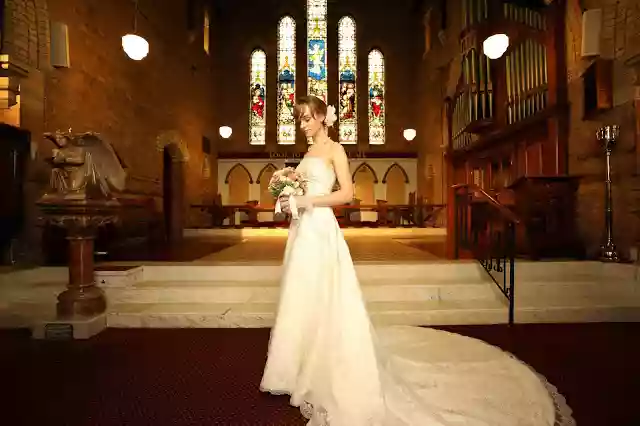
Wide angle lenses are typically associated with landscape photography, and there’s good reason for this. Landscape photographers use wide angle lenses to capture expansive, wide open spaces and dramatic landscapes, often positioning the camera at a low vantage point to capture some form of foreground (rocks or boulders on a shoreline, for example) as well as a large sky and background.
If you’re interested in exploring landscape photography, then a wide-angle lens should be high up on your shopping list.
However, they can be used for a lot more than just landscapes. Wide angle lenses are great for capturing tall buildings, long buildings, and other interesting aspects of architectural photography (though if you’re seriously considering architectural photography, it’s worth investigating tilt/shift lenses).
They can also be used for weddings, events, and creative portraits. Wide angle portraits offer unique and often very amusing perspectives of people’s faces – making a welcome change to the standard 50mm or 85mm portrait lenses.
Wide angle lenses are great for weddings too as they let you capture group shots when you’re in somewhere with limited space, and if you get a high or low angle you can shoot some really interesting party shots.
Choose Your Lens
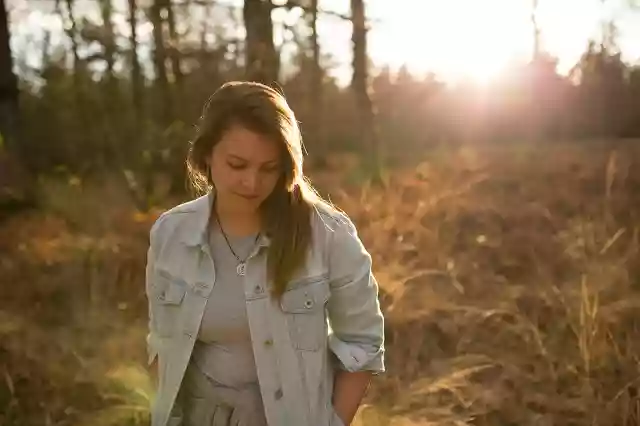
At Park Cameras we have a huge amount of wide angle lenses available – many of which are on display in our Touch & Try showrooms in Burgess Hill and Central London.
Use our helpful Camera Lenses Explained page to locate the best lens to fit your camera and meet your needs.
Share this post:
By Park Cameras on 05/04/2017

Trade in your old equipment
Fast and easy trade in service ensures your old gear is collected efficiently and you are paid quickly! It's very simple to trade in your unwanted photography gear. Just head over to our dedicated Sell or Part Exchange page, fill out the details, and we'll get back to you with an offer for your old gear. Take the cash, or put it towards the cost of your new gear. It's up to you! Find out more
sign up to the newsletter
Keep up to date on the latest photography news, events and offers. Sign up now
